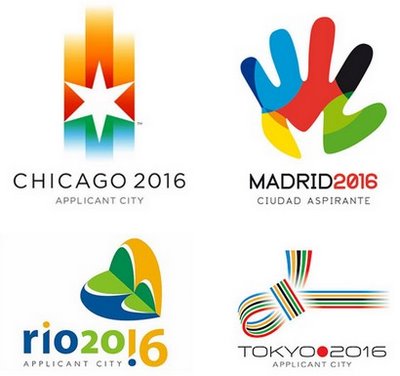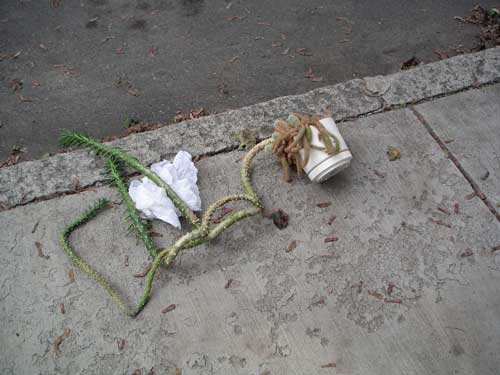
On Friday the Olympics committee will announce in Denmark which world city will host the 2016 summer games. It is exciting that Tokyo used sustainable urbanism as a core feature of its bid: re-using existing facilities, keeping the games within a small urban radius, and showcasing their best-in-the-world city transit system.
Still, it will be hard to compete with Rio de Janeiro, which would be the first South American host, and with Chicago, which has Obama and Oprah promoting its bid. It is interesting that despite the abundant official displays around Tokyo touting the bid, I have not heard much popular enthusiasm.
After starting this post, I read a Japan Inc column by successful expat in Tokyo Terrie Lloyd, who writes that low public support for the Tokyo bid is a big negative factor in the evaluation. Apparently a poll in February showed only 25% of residents “strongly favor” the bid. Given the exclusive focus on promoting Tokyo’s eco-city attributes and financial resources in their bid, perhaps Governor Ishihara and his committee did not even realize that the International Olympic Committee considers popular enthusiasm an important selection criteria.
In my research on Tokyo green space and sustainable urbanism, I often see the disconnect between the most well intentioned leaders and public participation. Master plans and visions are one thing, but creating change requires the participation of a very capable and resourceful population.
Certainly Japan is not unique in this shortcoming, but it seems that so much potential is wasted by ignoring the potential of popular participation. What do you think?




